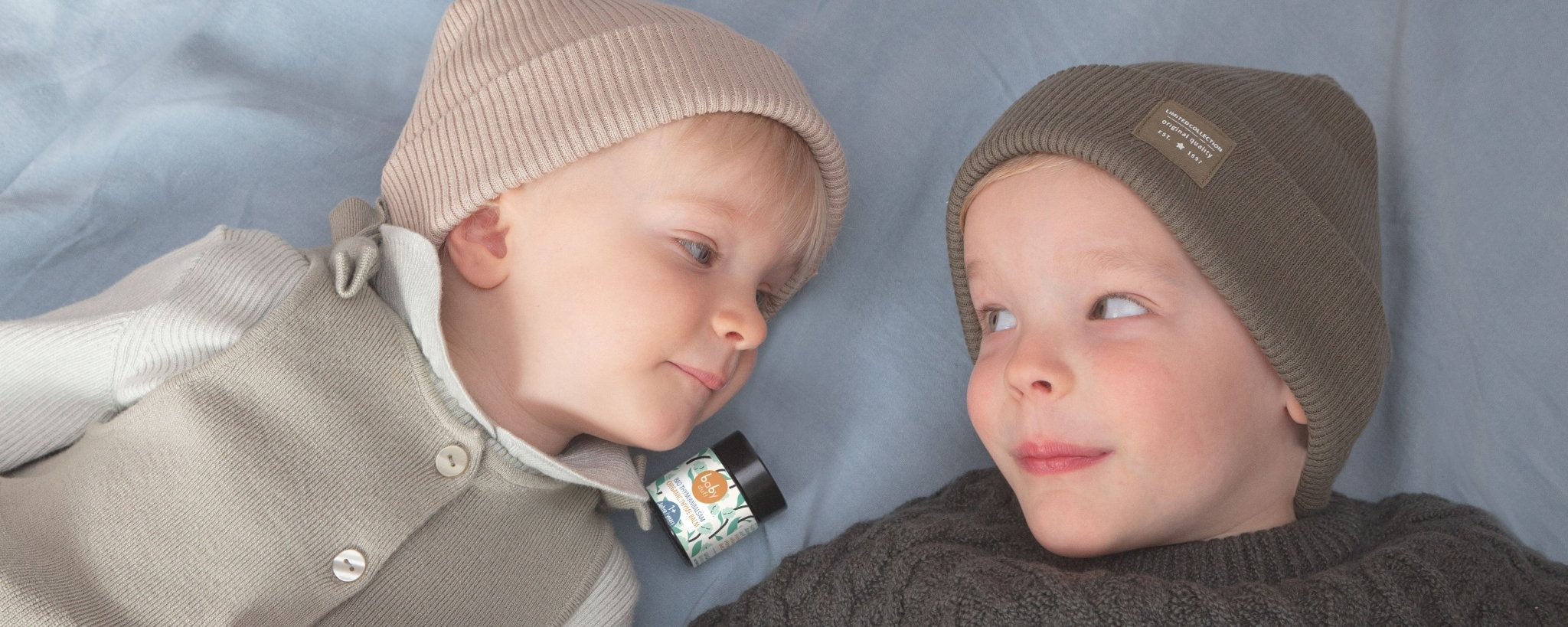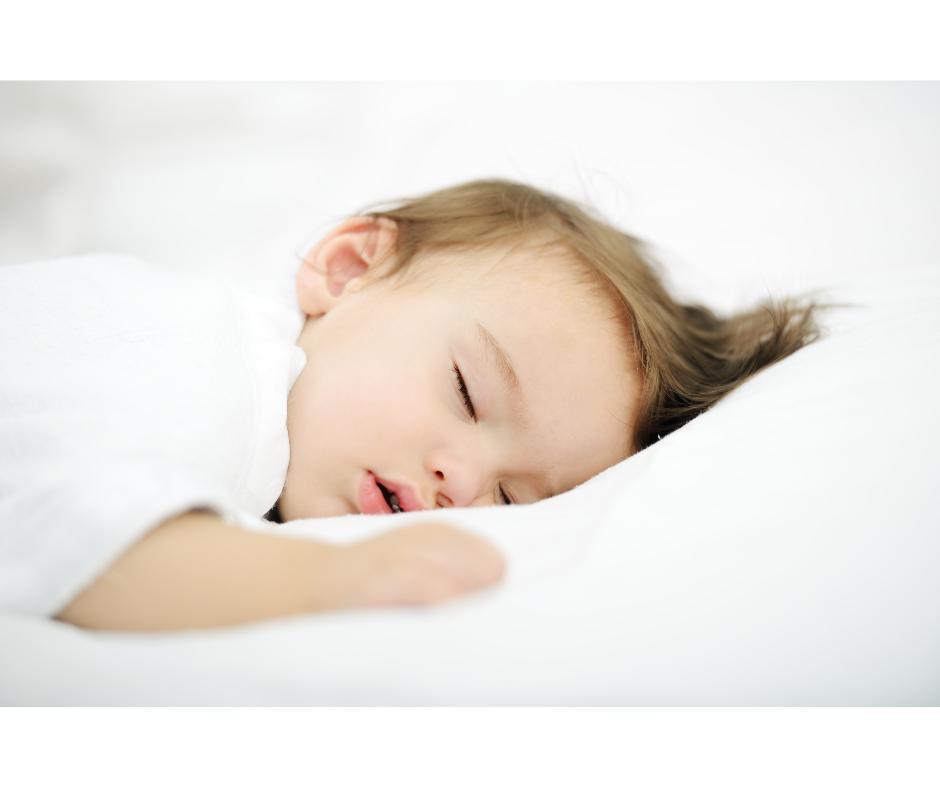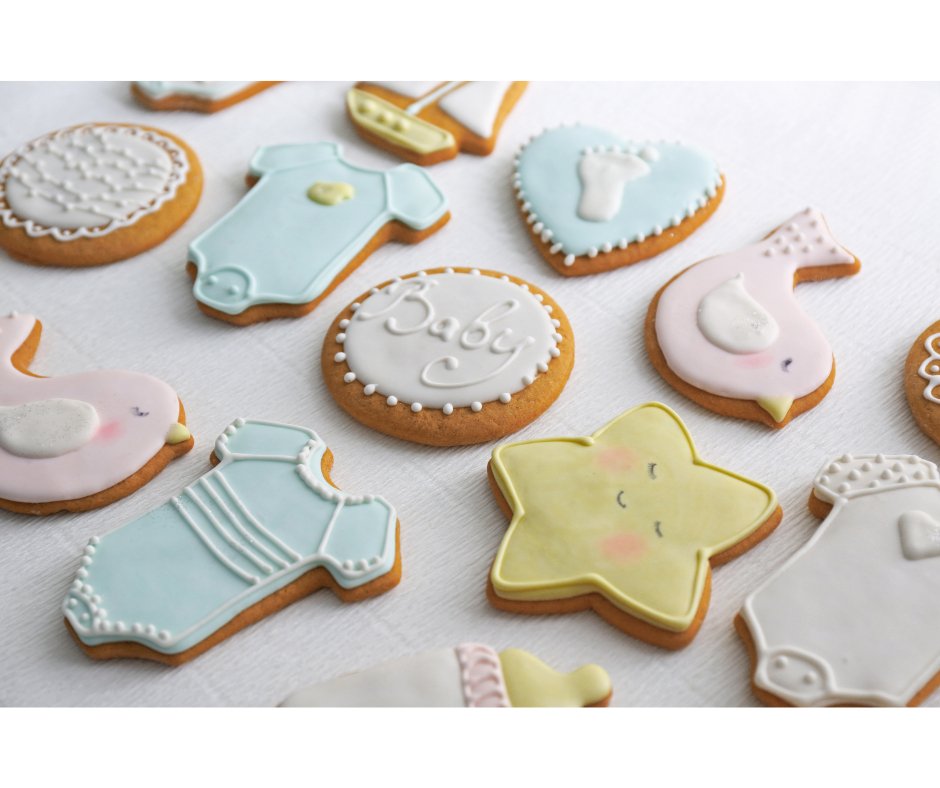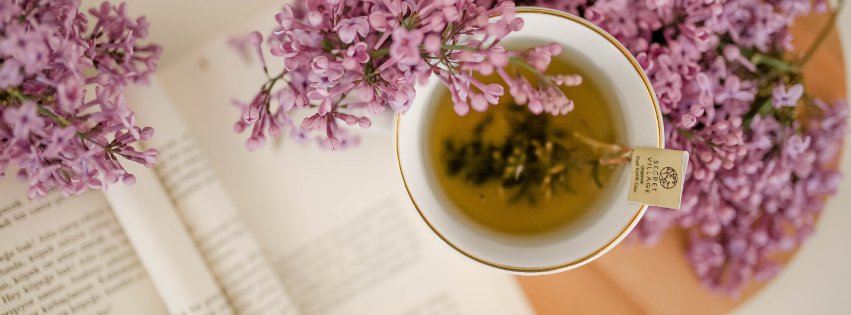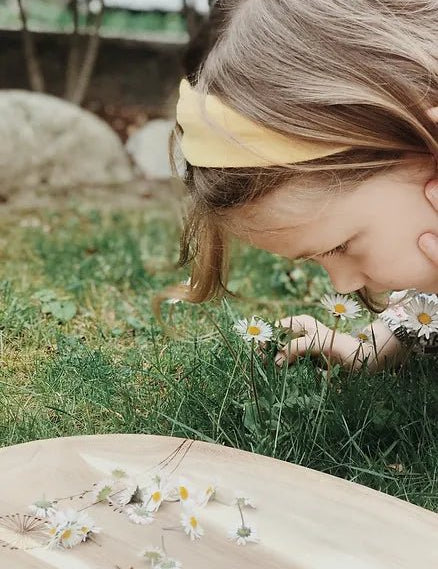Healthy elderflower syrup recipe
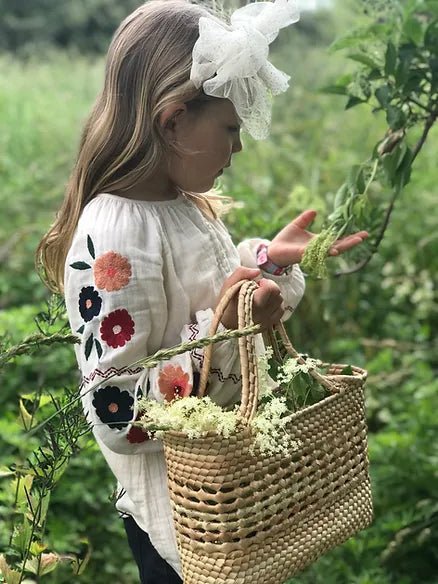
sweetened with birch sugar
I love elderflower syrup, but the high sugar content has always put me off. I try to feed myself and my family as little processed sugar as possible.

The connection between the sharp increase in sugar consumption and the alarming rise in obesity among children and adolescents cannot be ignored. It is therefore very important to teach children to exercise moderation in their consumption of sweets . It cannot and should not be banned, but there are alternatives.
We've been sweetening all our baked goods and desserts with birch sugar for some time now. Here are some of the benefits of birch sugar:
-
Birch sugar has 40% fewer calories than sugar
-
the glycemic index is 11 (sugar: 70)
-
can be replaced 1:1 with sugar (so no tedious recipe conversion)
-
supports the maintenance of tooth mineralization and ensures an alkaline environment in the oral cavity
-
is also suitable for diabetics
INGREDIENTS:
approx. 30 elderflower umbels
• 1/2 kg birch sugar
• 1/2 liter of water
• Juice of 1 lemon + peel
• 1 lemon, sliced
• Swing top bottles (available from Manor , for example)
(makes about 1/2 liter of syrup, you can of course double the amount)

Using the same method, you can also make lilac blossom syrup. It's extremely important to remove the stems and leaves, as these are poisonous. The lilac blossoms can be boiled along with the syrup.
PREPARATION:
-
Carefully shake out and sort the elderflower heads, then trim the stems. Don't wash them, as this will loosen the sweet pollen.
-
Stack the flowers alternately with the lemon slices in a glass container .
-
Boil the water with the birch sugar and lemon juice until the sugar has dissolved. Stir and let it reduce slightly.
-
Pour the hot, but no longer boiling, liquid into the container with the elderflowers and tightly cover. Let stand in a warm place for 4 days.
-
Shake occasionally to mix the syrup with the flowers.
-
Pour the elderflower syrup through a very fine sieve or a sieve lined with kitchen paper or cheesecloth into a saucepan and bring to a boil.
-
Pour boiling water over the swing-top bottles to sterilize them.
-
Then pour the hot syrup into the bottles and close them tightly.
Durability:
If the bottles are sealed airtight, they should last for several months. Store opened bottles in the refrigerator and consume within a short time.
Good succeed!



Here are some tips on how to teach your child a healthy approach to sweets:
-
Never use sweets as a reward, a means of pressure, or a punishment. This way, sweets remain merely tasty foods and don't acquire excessive emotional value.
-
If possible, sweets should be eaten only once a day, with meals. Brush your teeth afterward. Studies have shown that sugar at main meals has no significant effect on dental health (although it does have an effect on weight!). Tooth decay is primarily caused by sweets between meals.
-
Explain to your child as early as possible that sweets are bad for their teeth. If possible, get them used to brushing their teeth, rinsing their mouth, or eating an apple after sucking on candy.
-
After brushing your teeth in the evening, you shouldn't eat anything. Late night snacks will gnaw at your teeth.
-
Don't stockpile sweets: If you don't have them in the house, you can't eat them. When you get a sweet tooth, we always have carrots, kohlrabi, or apples on hand.
-
Don't leave sweets lying around. This protects you and your children from eating candy, gummy bears, chocolate, or pastries out of boredom or without much appetite.
-
Grandparents, relatives and friends should also know the household rules regarding sweets.
- Tags: DIY Rezepte Gesundes Leben
0 comments

